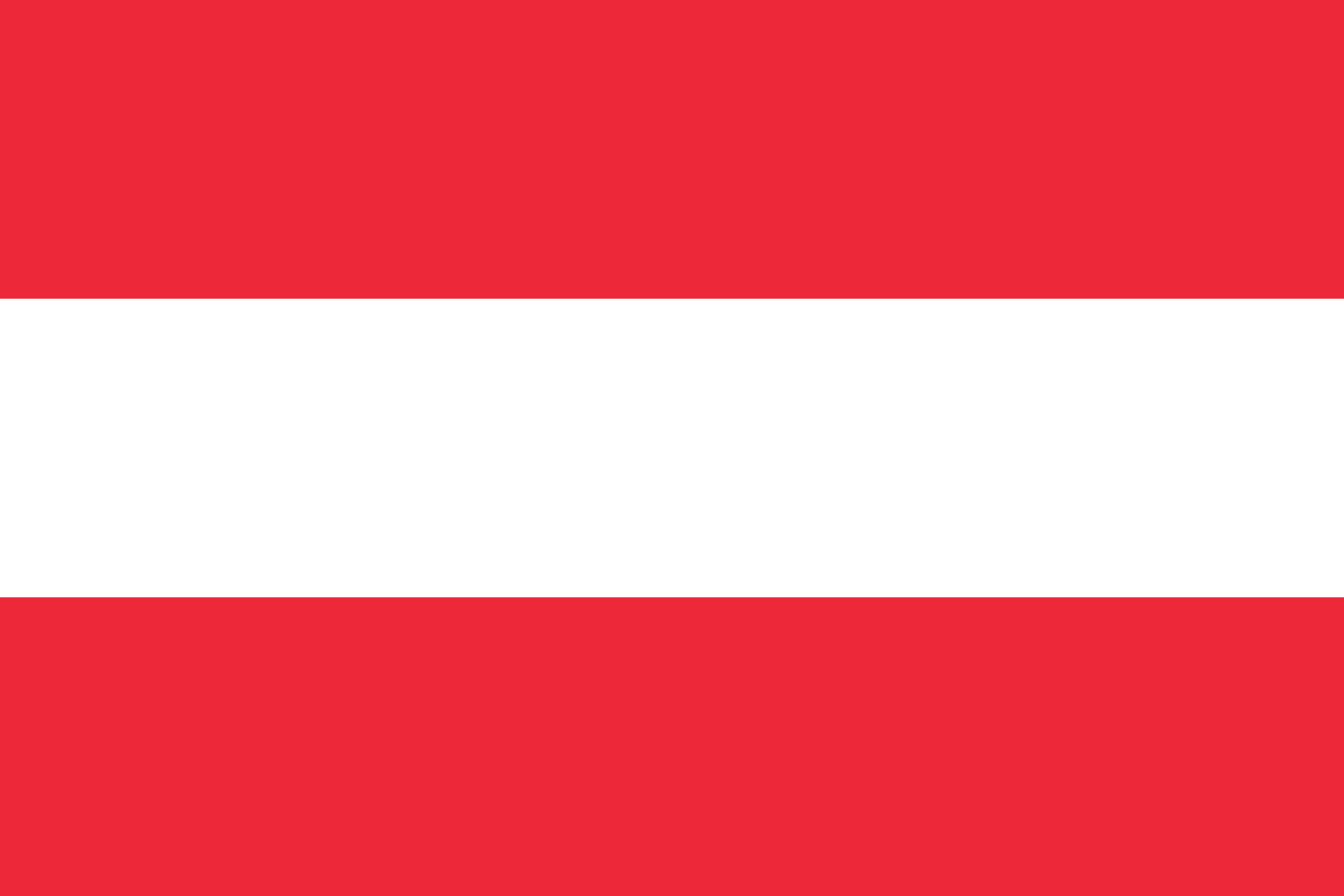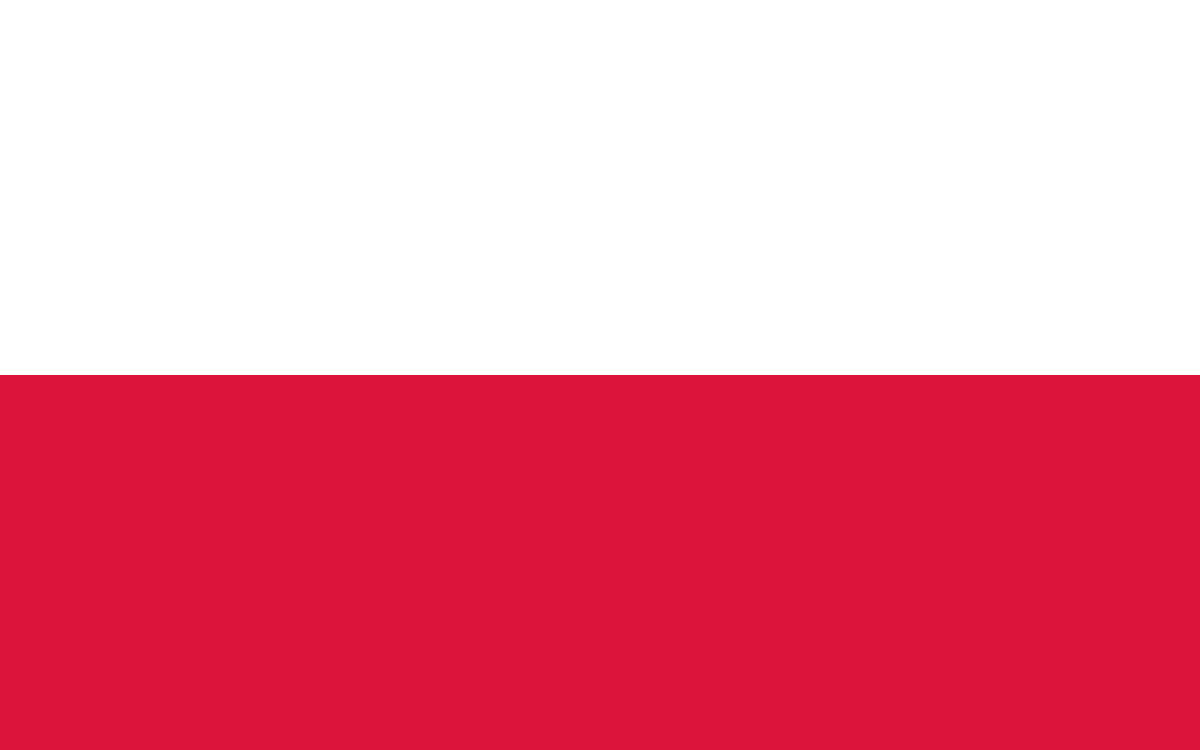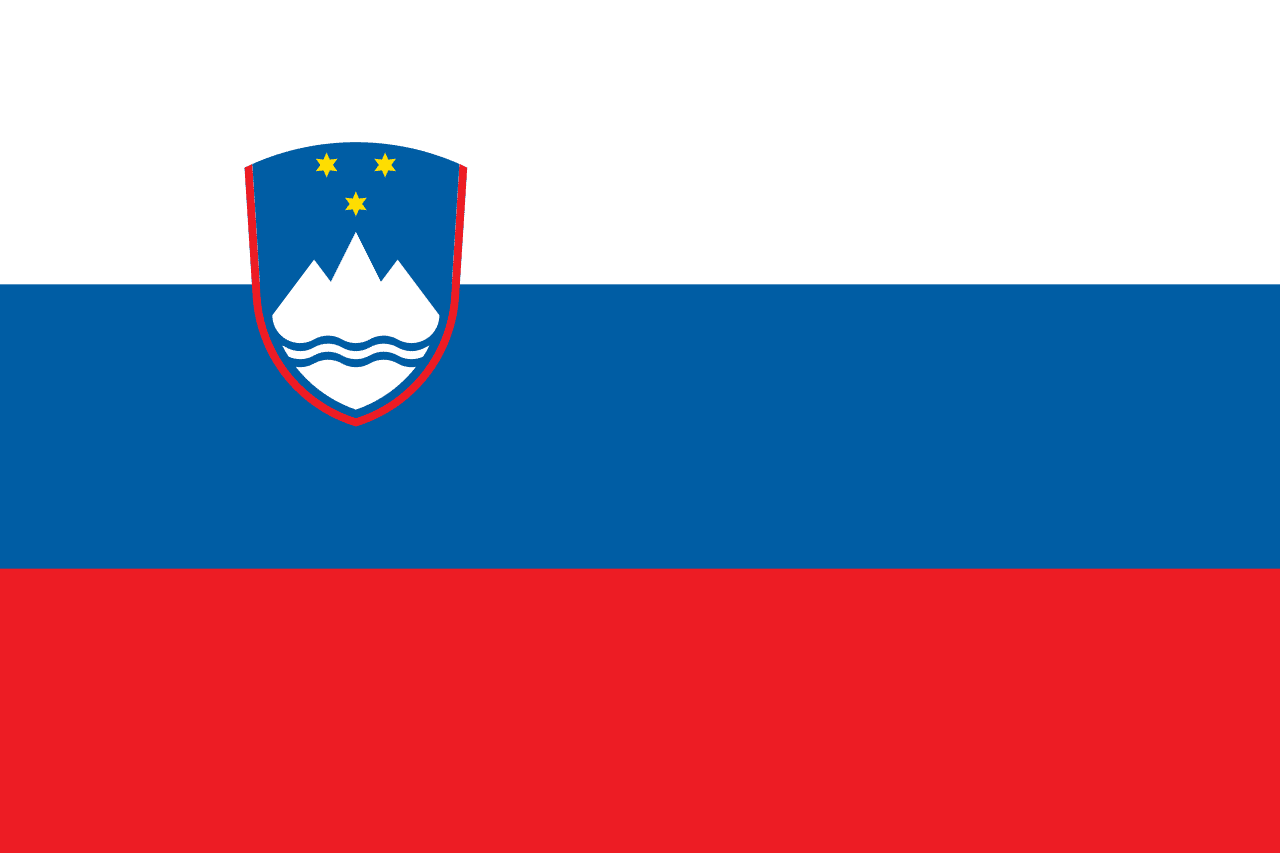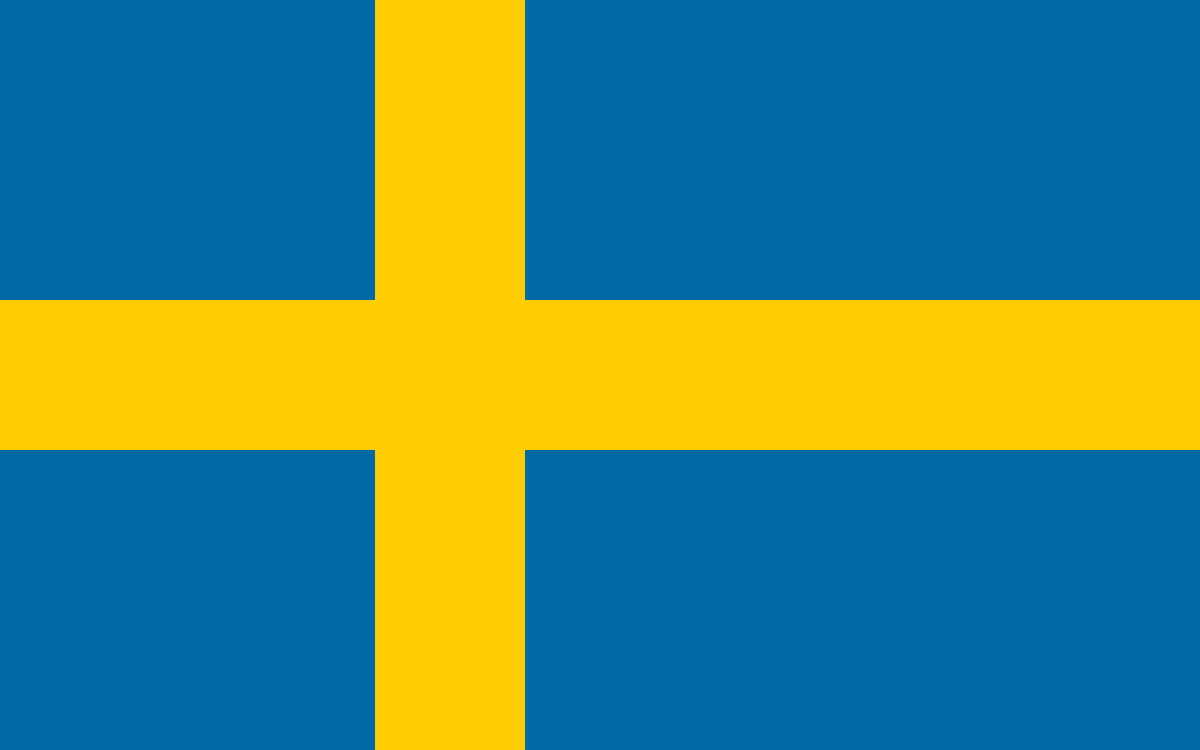Flag of the European Union was adopted on December 8, 1955. It is a blue flag with 12 golden stars in a circle. The flag represents the unity of the countries in the European Union. The Flag of the European Union is also sometimes called the “Flag of Unity” or the “Flag of Peace.”
The 12 stars on the flag represent the countries that were members of the European Union at the time the flag was adopted. The number of stars has since increased to represent the 27 member countries of the EU.
Flag of the European Union
The European Union is a political and economic union of 28 member states that are located primarily in Europe. The EU operates through a system of supranational institutions and intergovernmental, which has been described as an emerging federal superstate.
The European Union’s origins lie in the European Coal and Steel Community, established by six countries in 1951 to create a common market for these commodities. Over the years, this evolved into the European Economic Community and then the European Union.

The Flag of the European Union was designed by Arsène Heitz and Paul M. Simon in 1955. The flag has gone through several design changes since it was first adopted. The current design was adopted in 1986. The flag represents the countries of the European Union working together for peace and prosperity.
Symbolism
The European Union flag has a circle of 12 gold stars on a blue background. The circle represents the union of states, while the number of stars refers to the number of Member States.
The flag of Europe was designed by Arsène Heitz in 1955 and adopted by the Council of Europe in 1955. It consists of a circle of twelve yellow five-pointed stars on a blue background. The same design was adopted by the Council as a logo and is still in use today with only minor modifications.
The current flag was adopted by the treaty in 1985, with an amendment made in 1995 to change its proportions from 1:2 to 2:3 (horizontal x vertical).
Flags of European Union members
|
|
|
|
|
|
|
|
|
|
|
|
|
|
|
|
|
|
|
|
|
|
|
|
|
|
|
|
|
|
|
|
|
|
|
|
Conclusion
The European Union flag was designed to symbolize unity and peace between the member countries. The colours blue, gold, and white are commonly used in national flags of other European countries as well. It is supposed to inspire others to strive for the same unity in their own nations by establishing common values and goals among all peoples regardless of religion or ethnicity.





























